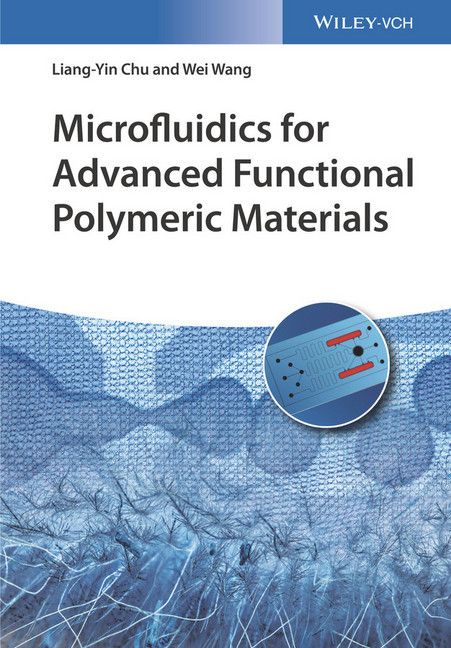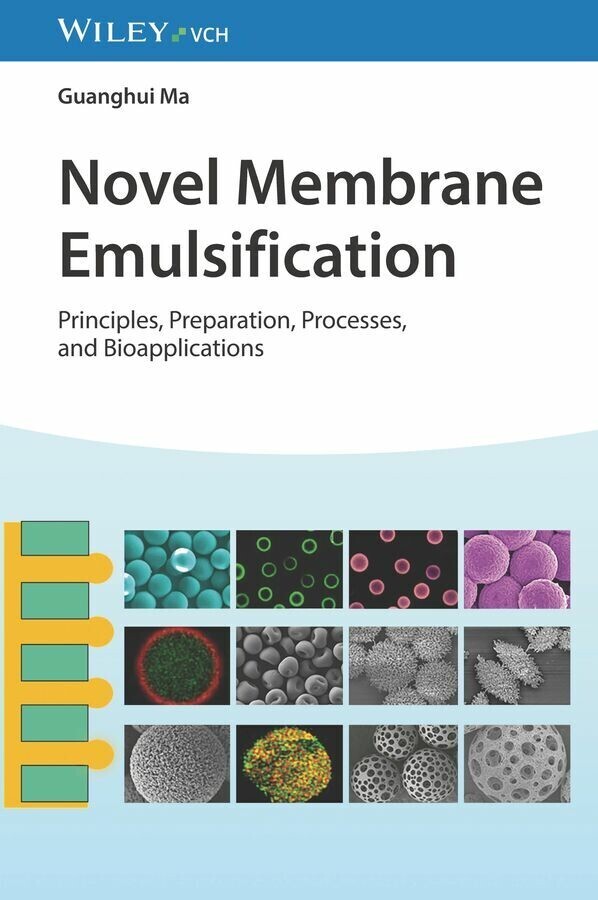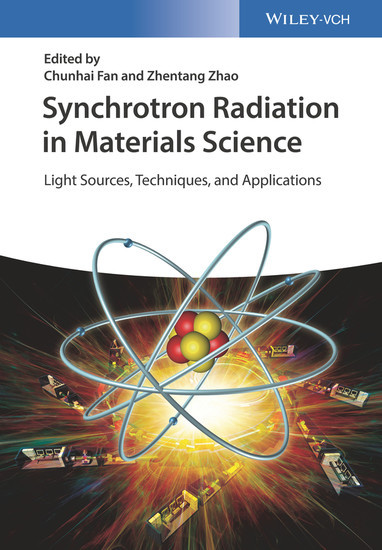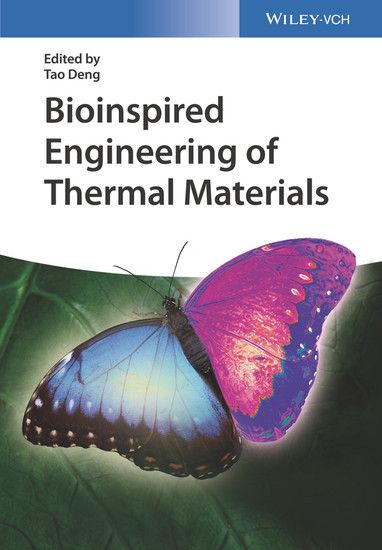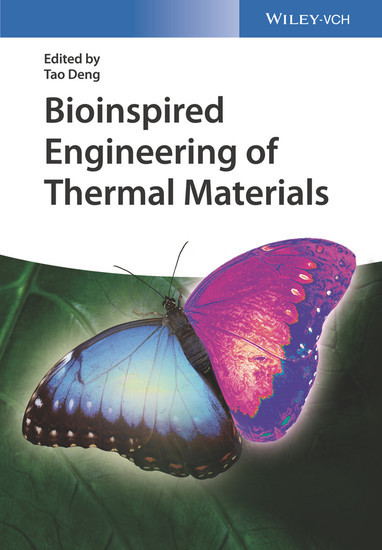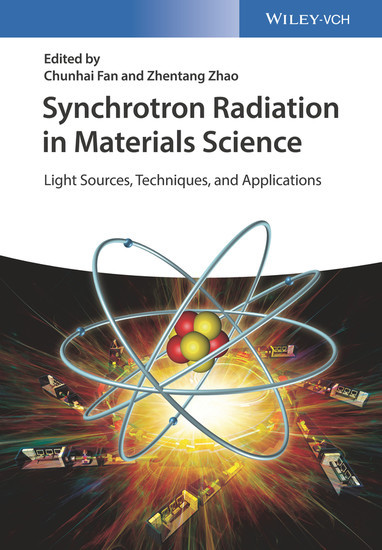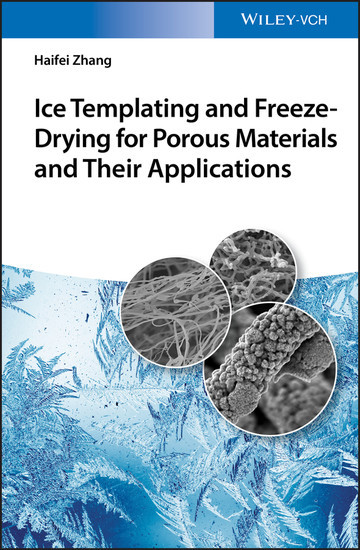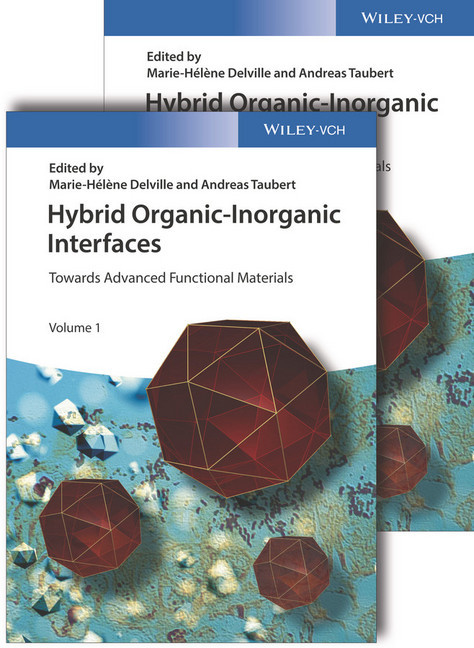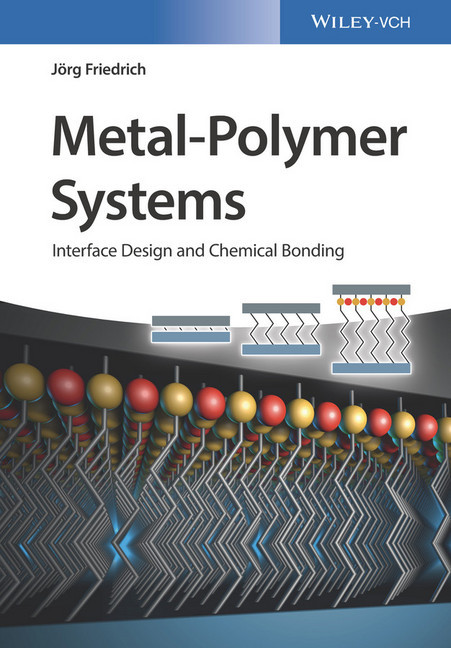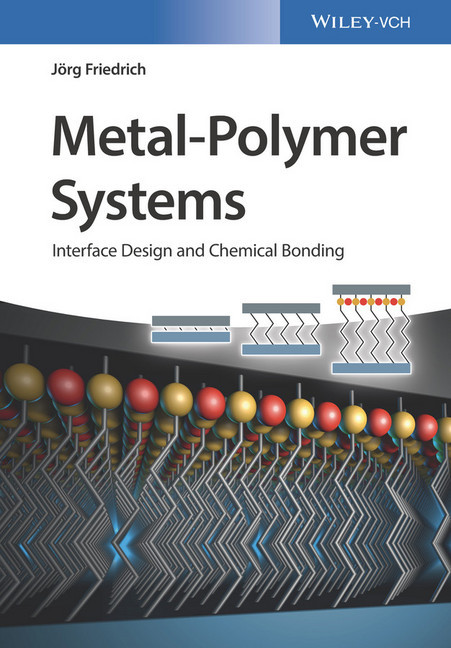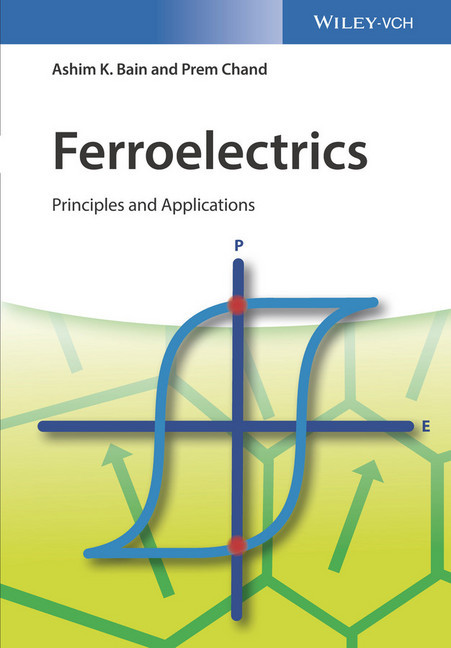Microfluidics for Advanced Functional Polymeric Materials
A comprehensive and systematic treatment of our current understanding of the microfluidic technique and its advantages in the controllable fabrication of advanced functional polymeric materials.
Introducing and summarizing recent advances and achievements in the field, the authors cover the design and fabrication of microfluidic devices, the fundamentals and strategies for controllable microfluidic generation of multiphase liquid systems, and the use of these liquid systems with an elaborate combination of their structures and compositions for generating novel polymer materials, such as microcapsules, microfibers, valves, and membranes. Clear diagrams and illustrations throughout the text make the relevant theory and technologies more readily accessible.
The result is a specialist reference for materials scientists, organic, polymer and physical chemists, and chemical engineers.
Professor Liang-Yin Chu is the School Dean of Chemical Engineering at Sichuan University in Chengdu, China. Professor Chu has received numerous honours and awards including the National Natural Science Award nominated by the Ministry of Education of China (2003), Distinguished Young Scholar issued by the National Natural Science Foundation of China (2008), Distinguished Professor of Chang Jiang Scholars Program issued by the Ministry of Education (2009), Te-Pang Hou Chemical Science and Technology Innovation Award issued by the Chemical Industry and Engineering Society of China (2013). He has authored/coauthored more than 400 papers, 37 patents, 14 book chapters and four books. Currently, Professor Chu directs a talented research group with a diverse and interdisciplinary focus on the development of advanced functional materials, microfluidics, membranes and biomaterials.
Dr. Wei Wang is an associate professor of School of Chemical Engineering at Sichuan University in Chengdu, China. His research mainly focuses on functional materials, microfluidics, and interfacial sciences. He has authored and co-authored 76 papers that published in peer-reviewed journals. He was awarded many honours and awards, including the Emerging Investigator 2014 of Lab on a Chip (The Royal Society of Chemistry), Materials Horizons Paper Prize at the 8th Global Chinese Chemical Engineers Symposium (2016), and the Excellent Paper Award issued by the Organization Committee of the 3rd Asian Conference on Colloids and Interface Science (2009).
Introducing and summarizing recent advances and achievements in the field, the authors cover the design and fabrication of microfluidic devices, the fundamentals and strategies for controllable microfluidic generation of multiphase liquid systems, and the use of these liquid systems with an elaborate combination of their structures and compositions for generating novel polymer materials, such as microcapsules, microfibers, valves, and membranes. Clear diagrams and illustrations throughout the text make the relevant theory and technologies more readily accessible.
The result is a specialist reference for materials scientists, organic, polymer and physical chemists, and chemical engineers.
Professor Liang-Yin Chu is the School Dean of Chemical Engineering at Sichuan University in Chengdu, China. Professor Chu has received numerous honours and awards including the National Natural Science Award nominated by the Ministry of Education of China (2003), Distinguished Young Scholar issued by the National Natural Science Foundation of China (2008), Distinguished Professor of Chang Jiang Scholars Program issued by the Ministry of Education (2009), Te-Pang Hou Chemical Science and Technology Innovation Award issued by the Chemical Industry and Engineering Society of China (2013). He has authored/coauthored more than 400 papers, 37 patents, 14 book chapters and four books. Currently, Professor Chu directs a talented research group with a diverse and interdisciplinary focus on the development of advanced functional materials, microfluidics, membranes and biomaterials.
Dr. Wei Wang is an associate professor of School of Chemical Engineering at Sichuan University in Chengdu, China. His research mainly focuses on functional materials, microfluidics, and interfacial sciences. He has authored and co-authored 76 papers that published in peer-reviewed journals. He was awarded many honours and awards, including the Emerging Investigator 2014 of Lab on a Chip (The Royal Society of Chemistry), Materials Horizons Paper Prize at the 8th Global Chinese Chemical Engineers Symposium (2016), and the Excellent Paper Award issued by the Organization Committee of the 3rd Asian Conference on Colloids and Interface Science (2009).
1;Cover;1 2;Title Page;5 3;Copyright;6 4;Contents;7 5;Preface;15 6;Chapter 1 Introduction;19 6.1;1.1 Microfluidics and Its Superiority in Controllable Fabrication of Functional Materials;19 6.2;1.2 Microfluidic Fabrication of Microspheres and Microcapsules from Microscale Closed Liquid-Liquid Interfaces;21 6.3;1.3 Microfluidic Fabrication of Membranes in Microchannels from Microscale Nonclosed Layered Laminar Interfaces;22 6.4;1.4 Microfluidic Fabrication of Microfiber Materials from Microscale Nonclosed Annular Laminar Interfaces;23 6.5;References;24 7;Chapter 2 Shear-Induced Generation of Controllable Multiple Emulsions in Microfluidic Devices;29 7.1;2.1 Introduction;29 7.2;2.2 Microfluidic Strategy for Shear-Induced Generation of Controllable Emulsion Droplets;30 7.3;2.3 Shear-Induced Generation of Controllable Monodisperse Single Emulsions;32 7.4;2.4 Shear-Induced Generation of Controllable Multiple Emulsions;34 7.4.1;2.4.1 Shear-Induced Generation of Controllable Double Emulsions;34 7.4.2;2.4.2 Shear-Induced Generation of Controllable Triple Emulsions;37 7.5;2.5 Shear-Induced Generation of Controllable Multicomponent Multiple Emulsions;40 7.5.1;2.5.1 Shear-Induced Generation of Controllable Quadruple-Component Double Emulsions;40 7.5.2;2.5.2 Extended Microfluidic Device for Controllable Generation of More Complex Multicomponent Multiple Emulsions;45 7.6;2.6 Summary;49 7.7;References;49 8;Chapter 3 Wetting-Induced Generation of Controllable Multiple Emulsions in Microfluidic Devices;53 8.1;3.1 Introduction;53 8.2;3.2 Microfluidic Strategy for Wetting-Induced Production of Controllable Emulsions;54 8.2.1;3.2.1 Strategy for Wetting-Induced Production of Controllable Emulsions via Wetting-Induced Spreading;54 8.2.2;3.2.2 Strategy for Wetting-Induced Production of Controllable Emulsions via Wetting-Induced Coalescing;55 8.3;3.3 Generation of Controllable Multiple Emulsions via Wetting-Induced Spreading;56 8.3.1;3.3.1 Wetting-Induced Generation of Monodisperse Controllable Double Emulsions;56 8.3.2;3.3.2 Wetting-Induced Generation of Monodisperse Higher Order Multiple Emulsions;59 8.3.3;3.3.3 Wetting-Induced Generation of Monodisperse Multiple Emulsions via Droplet-Triggered Droplet Pairing;62 8.4;3.4 Generation of Controllable Multiple Emulsions via Wetting-Induced Droplet Coalescing;65 8.5;3.5 Summary;68 8.6;References;70 9;Chapter 4 Microfluidic Fabrication of Monodisperse Hydrogel Microparticles;73 9.1;4.1 Introduction;73 9.2;4.2 Microfluidic Fabrication of Monodisperse PNIPAM Hydrogel Microparticles for Sensing Tannic Acid (TA);73 9.2.1;4.2.1 Microfluidic Fabrication of Monodisperse PNIPAM Hydrogel Microparticles;74 9.2.2;4.2.2 Volume-Phase Transition Behaviors of PNIPAM Microgels Induced by TA;75 9.3;4.3 Microfluidic Fabrication of Monodisperse Core-Shell PNIPAM Hydrogel Microparticles for Sensing Ethyl Gallate (EG);80 9.3.1;4.3.1 Microfluidic Fabrication of Monodisperse Core-Shell PNIPAM Hydrogel Microparticles;80 9.3.2;4.3.2 Thermo-Responsive Phase Transition Behaviors of PNIPAM Microspheres in EG Solution;83 9.3.3;4.3.3 The Intact-to-Broken Transformation Behaviors of Core-Shell PNIPAM Microcapsules in Aqueous Solution with Varying EG Concentrations;83 9.4;4.4 Microfluidic Fabrication of Monodisperse Core-Shell Hydrogel Microparticles for the Adsorption and Separation of Pb2+;85 9.4.1;4.4.1 Microfluidic Fabrication of Monodisperse Core-Shell Microparticles with Magnetic Core and Hydrogel Shell;86 9.4.2;4.4.2 Pb2+ Adsorption Behaviors of Magnetic PNB Core-Shell Microspheres;89 9.5;4.5 Summary;93 9.6;References;94 10;Chapter 5 Microfluidic Fabrication of Monodisperse Porous Microparticles;97 10.1;5.1 Introduction;97 10.2;5.2 Microfluidic Fabrication of Monodisperse Porous Poly(HEMA-MMA) Microparticles;97 10.2.1;5.2.1 Microfluidic Fabrication Strategy;98 10.2.2;5.2.2 Structures of Poly(HEMA-MMA) Porous Microspheres;100 10.3;5.3 Microfluidic Fabrication of Porous PNIPAM Microparticles with Tunable Response Behaviors;101 10
| ISBN | 9783527803668 |
|---|---|
| Artikelnummer | 9783527803668 |
| Medientyp | E-Book - PDF |
| Copyrightjahr | 2017 |
| Verlag | Wiley-VCH |
| Umfang | 336 Seiten |
| Sprache | Englisch |
| Kopierschutz | Adobe DRM |

